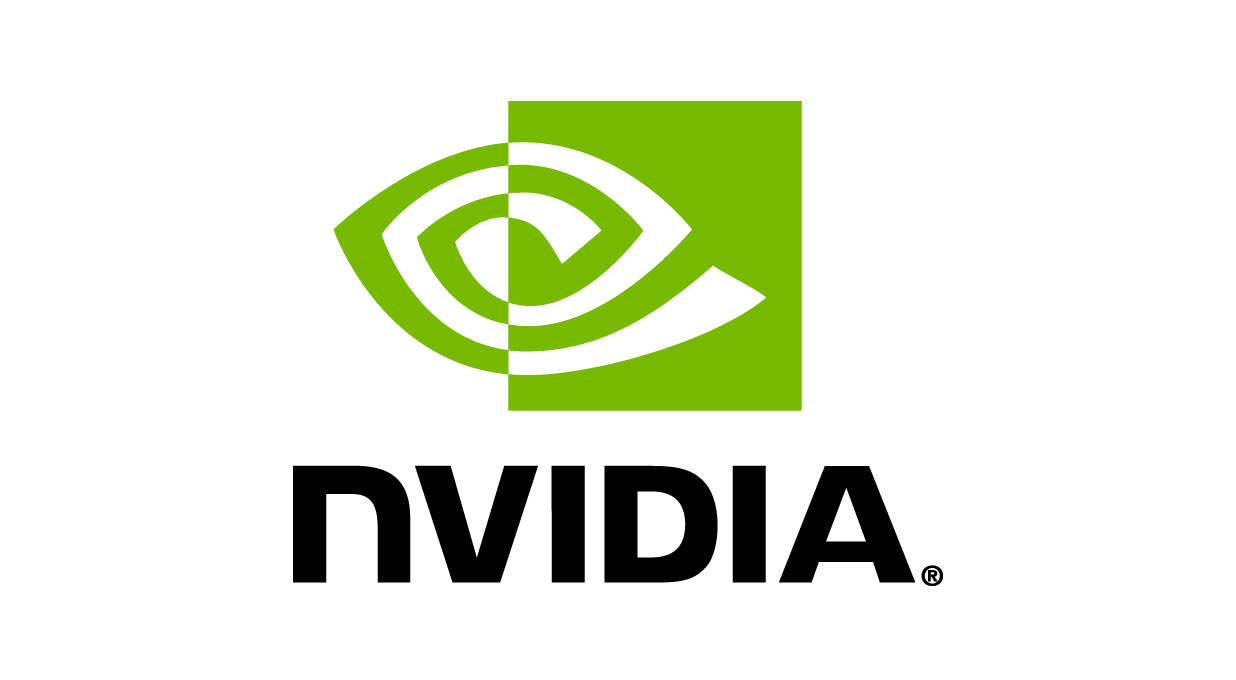Nvidia and OpenAI have announced a partnership to deploy 10 Gigawatts of Nvidia backed datacentres.
As part of the deal, Nvidia will invest up to $100bn in OpenAI, progressively as each gigawatt is deployed. The first gigawatt is expected to deploy in the second half of 2026, built on Nvidia’s upcoming Vera Rubin platform.
In other news, Nvidia announced a partnership with Intel to jointly develop custom data centre and PC products. As part of the deal, Nvidia plans to make a $5bn investment in Intel shares.
Nvidia has also become a key partner for the UK government in its AI ambitions. Nvidia is set to invest £2bn into UK AI startups and deploy its Blackwell platform as part of the UK’s largest AI infrastructure rollout.
The shares rose 4.0% following the announcement.
Our view
Nvidia CEO Jensen Huang has been busy. The group’s now a key partner in the UK’s AI plans, has announced a $5bn investment in Intel, and, to cap it all off, formed a mega pact with OpenAI. The first two are nice but not dial-moving; the latter is the real prize.
Nvidia has pledged $100bn worth of investment, and in return, it’ll provide training GPUs for a mammoth data centre buildout from OpenAI. Each gigawatt generates around $50bn in revenue for Nvidia, so this is a $500bn revenue opportunity. This deal cements Nvidia’s leadership position at a time when custom chips from tech giants and startups have started to raise some questions.
The China story remains key. Despite an agreement with the US government, sales of its deliberately reigned-in chips are struggling to get the necessary approvals, and Nvidia hasn’t included any Chinese sales in its official guidance. We’re less confident about a near-term solution than we have been in the past, with more negotiating to be done.
It’s not just the chips that make NVIDIA’s product so appealing, the CUDA software platform that enables users to optimise the hardware is key. Building large scale datacentres is also a massive networking problem, and NVIDIA has products at hand to help optimise its chips at large scale.
This full-stack solution is what really sets NVIDIA apart, and we expect its dominance in the space to continue. Its chip architecture is evolving at an unprecedented pace, with new products coming out annually. Each evolution provides more computing power and, importantly, significantly better energy efficiency.
Customer concentration is often seen as a weakness, with NVIDIA reliant on cloud and tech giants for most of its revenue. But each giant serves millions of end users - if one slows, others can step in. Meanwhile, demand from governments is surging, with sovereign AI sales expected to hit $20bn this year and growing rapidly.
A key strength is its capital-light model, which stems partly from its outsourced manufacturing approach. When paired with strong cash flow and a solid balance sheet, this setup supports buybacks and dividends, though nothing is guaranteed.
We think NVIDIA is a best-in-class outfit and one of the most attractive ways to gain exposure to the AI theme. The valuation, at around 32 times next year’s earnings, isn’t too demanding, and we see scope for continued strong earnings growth. There are no guarantees, and there is a risk that Nvidia gets caught up in US/China trade negotiations.
Environmental, social and governance (ESG) risk
The semiconductor sector is medium-risk in terms of ESG. Overall, this risk is managed adequately in Europe and North America but has considerable room for improvement in the Asia-Pacific region. Its reliance on highly-specialised workers means labour relations is one of the key risk drivers. Other risks worth monitoring include resource use, business ethics, product governance, and carbon emissions.
According to Sustainalytics, Nvidia’s management of material ESG risks is strong.
As the market leader in power- hungry GPU processors it’s recognised for paying close attention to the energy efficiency of it products. Business ethics concerns are addressed by Nvidia’s compliance committee, which comprises the CFO and several other senior managers. Additionally, a third-party hotline is available for both employees and third-party stakeholders to anonymously submit ethical concerns. Its human capital initiatives are also strong, which is reassuring given the talent gap in the industry. However, diversity amongst the workforce could still be improved.
The author owns shares in NVIDIA .
Nvidia key facts
All ratios are sourced from LSEG Datastream, based on previous day’s closing values. Please remember yields are variable and not a reliable indicator of future income. Keep in mind key figures shouldn’t be looked at on their own – it’s important to understand the big picture.
This article is not advice or a recommendation to buy, sell or hold any investment.No view is given on the present or future value or price of any investment, and investors should form their own view on any proposed investment.This article has not been prepared in accordance with legal requirements designed to promote the independence of investment research and is considered a marketing communication.Non - independent research is not subject to FCA rules prohibiting dealing ahead of research, however HL has put controls in place(including dealing restrictions, physical and information barriers) to manage potential conflicts of interest presented by such dealing.Please see our full non - independent research disclosure for more information.


